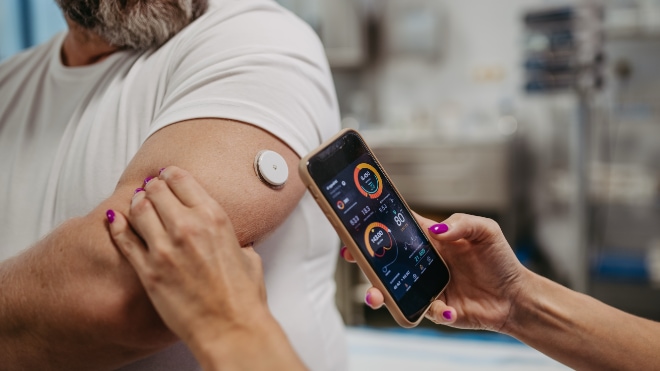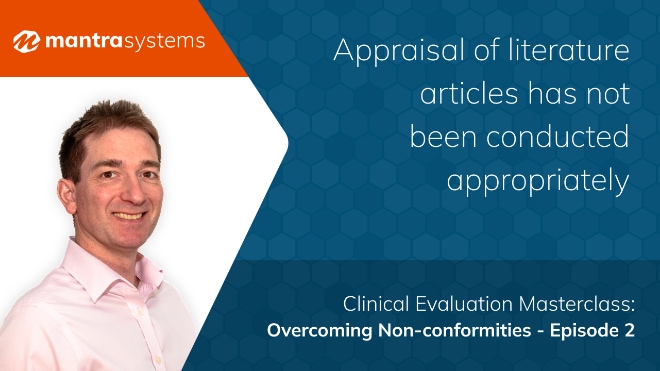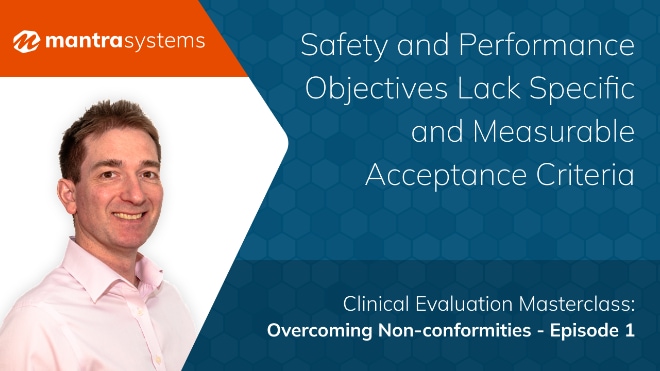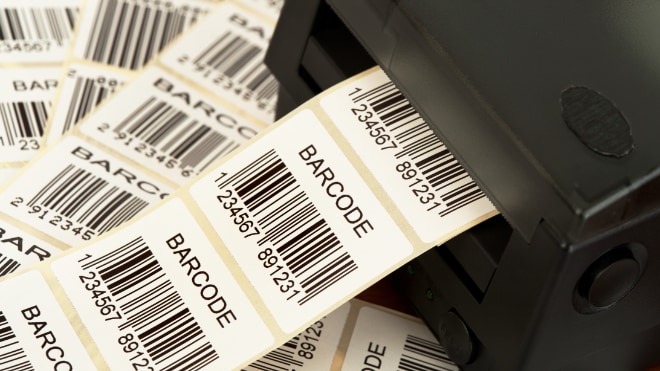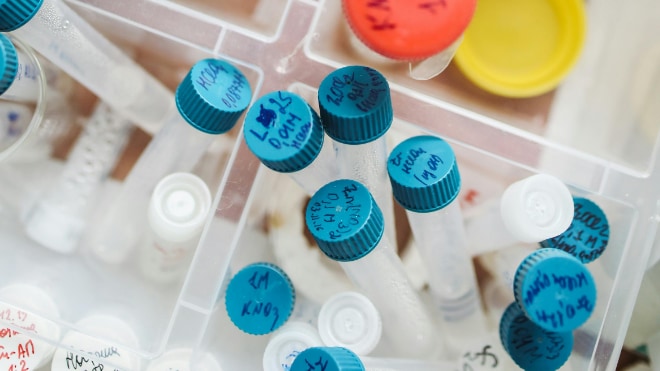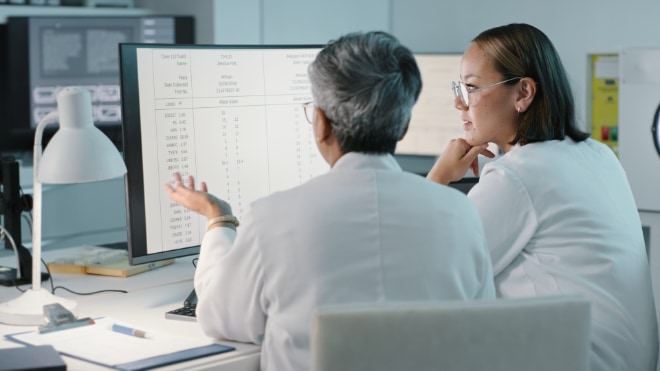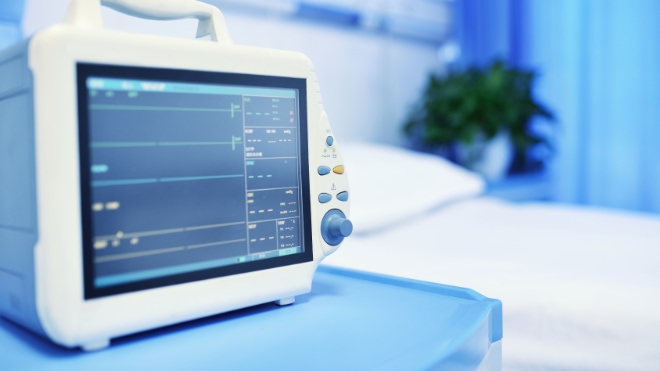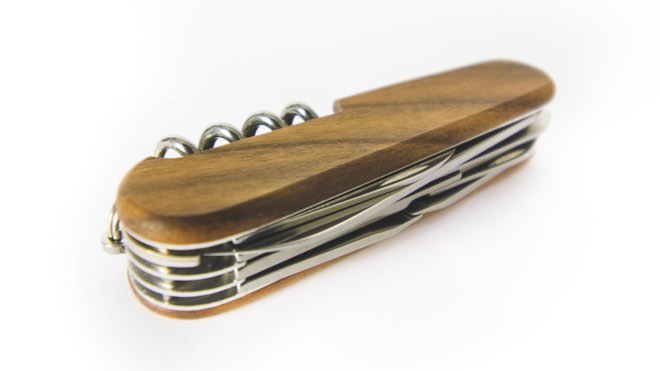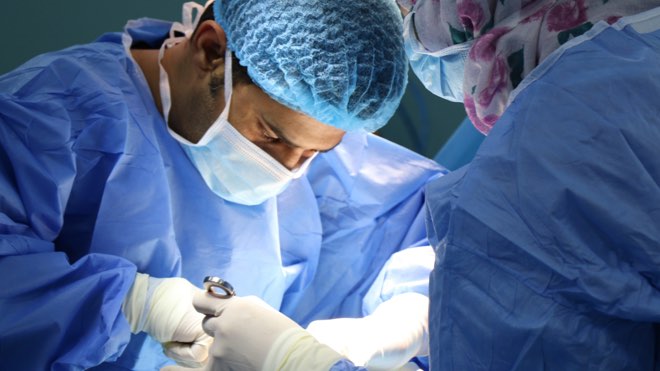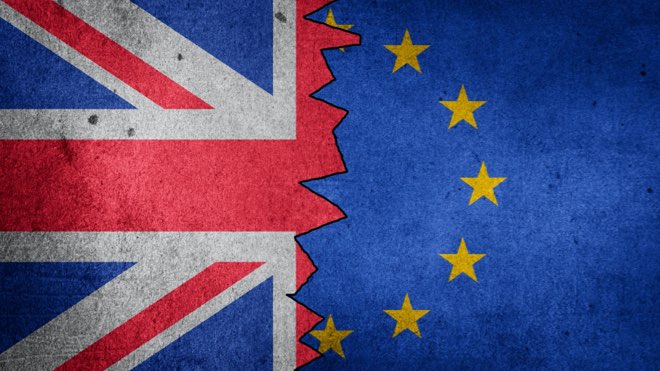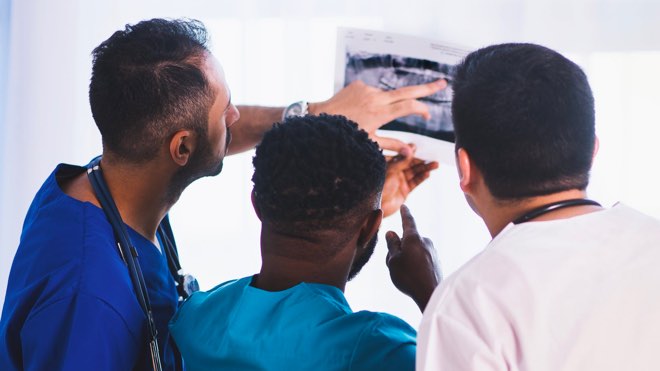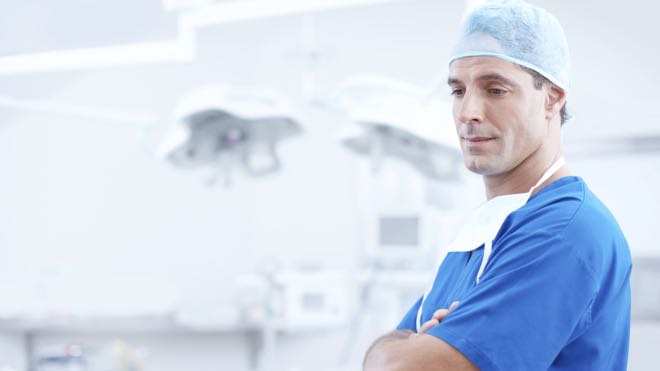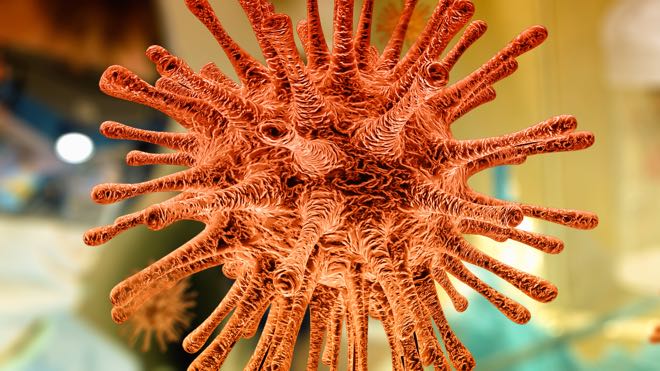
Post-Market Clinical Follow-up (PMCF) is a vital component of any successful MDR compliance strategy. MDR Annex XIV Part B describes PMCF as:
…a continuous process that proactively and continuously collects and evaluates clinical data on the use of a CE-marked medical device.
Furthermore, the MDR states that PMCF should relate to the intended purpose of the device and have the aims of:
- confirming safety and performance throughout the expected lifetime of the device
- ensuring the continued acceptability of identified risks
- detecting evidence of any emerging risks that were previously unknown
In order to meet this diverse range of objectives, PMCF studies need to have a solid implementation strategy alongside a robust design. A key part of any PMCF implementation strategy must be a focus on ensuring high levels of data collection compliance and minimising gaps in datasets which could otherwise be held to be potential sources of bias.
5 methods every medical device manufacturer should know to improve their Post-Market Clinical Follow-up studies
Promoting high levels of data entry compliance is a challenge in conducting any clinical investigation. Given that PMCF is intended to run throughout a device’s entire lifetime, devising ways of increasing and maintaining investigator engagement is central to long-term success.
Here are five methods for keeping investigators locked in:
1. Simplicity
Keep it simple. Clinical investigations that try to collect too much data are cumbersome to work with. Investigators often have very limited time and are accommodating data entry around their other commitments, meaning that cumbersome studies cannot be consistently integrated into their working day. Keep it lean and focus only on the essentials.
2. A smooth user experience
Related to simplicity, choose your data entry system carefully. While most studies will now use an eCRF for data entry, not all interfaces are equally easy to work with. Ensure you work with a system that prioritises a smooth user experience and minimises the opportunity for frustration during data entry. It is also worth remembering that hospital-based IT systems may have limited power and are often part of a shared network, meaning that resource-heavy platforms may function poorly. It is also the case that data connectivity for handheld devices may be limited within certain clinical areas.
3. Effective communication
Don’t leave investigators feeling as though they are operating in a vacuum. Keep in touch with them and ensure that heavy recruiters know that their efforts are appreciated. It’s also a great way to ensure that any “niggling” problems are resolved immediately.
4. Reciprocal benefit
PMCF studies have obvious benefits for manufacturers, helping to maintain regulatory approval of their devices and collecting crucial evidence on device safety and performance. Effectively encouraging investigator compliance calls for a PMCF study that also offers benefits for the healthcare professional. Opportunities for publications, podium presentations, and participation in investigator meetings all help, along with facilitating use of the data for internal clinical audits and performance reviews and a fair remuneration structure. At the outset of study design, consult with prospective clinical investigators and gain a deep understanding of what most benefits them.
5. Review, change and update
Take the time to ensure that the study design is working effectively. Make changes in line with investigator feedback and let them know that their comments and ideas have been implemented. Reacting to investigator feedback not only makes them feel valued; it also helps ensure that the study is best aligned to the needs of those who use your devices in practice.
Post-Market Clinical Follow-up is most effective when powered by comprehensive and complete datasets. Using the tips in this article will give your PMCF studies the best chance of meeting these objectives.



